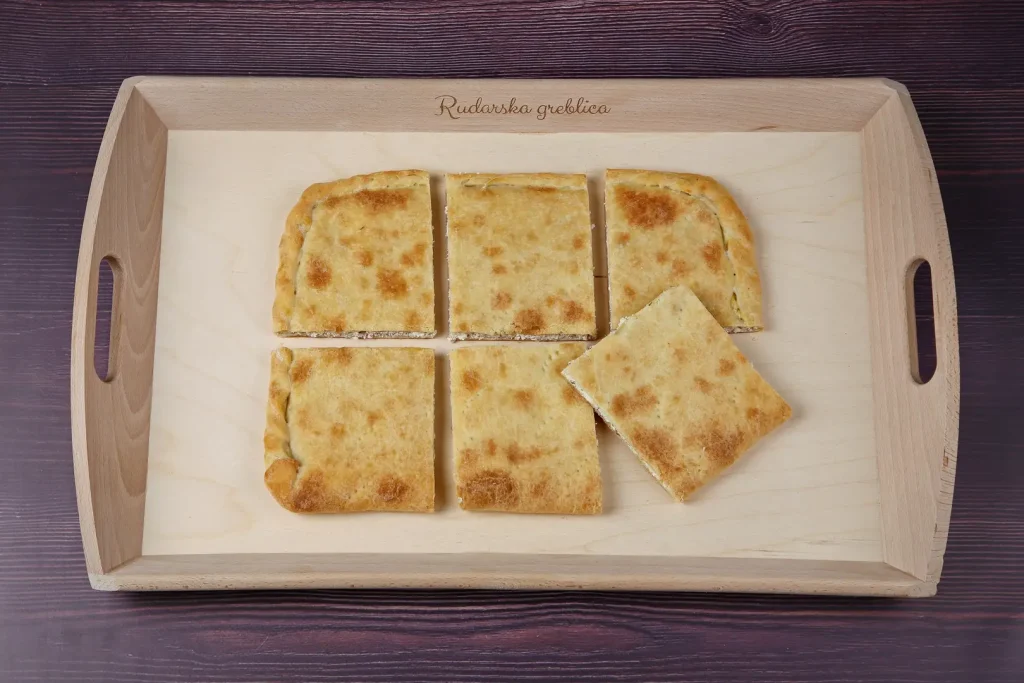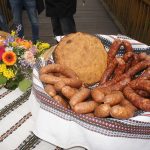In the last few days, the good news does not stop coming from Zagreb County. Namely, after the samoborska kremšnita was recently awarded the status of intangible cultural good, another dessert from the Samobor area – Rudarska greblica – was approved as a protected designation of geographical origin at the European level.
With this label, Rudarska greblica becomes the 29th Croatian product with a protected name in the European Union and the first protected gastronomic product in Zagreb County.
Long history of Rudarska greblica
This dish dates back to the 16th century when the mining industry in Rude was developing and when wives used to make it for their husbands, who were miners. The name “greblica” comes from the traditional ash rake tool called greblica in Croatian.
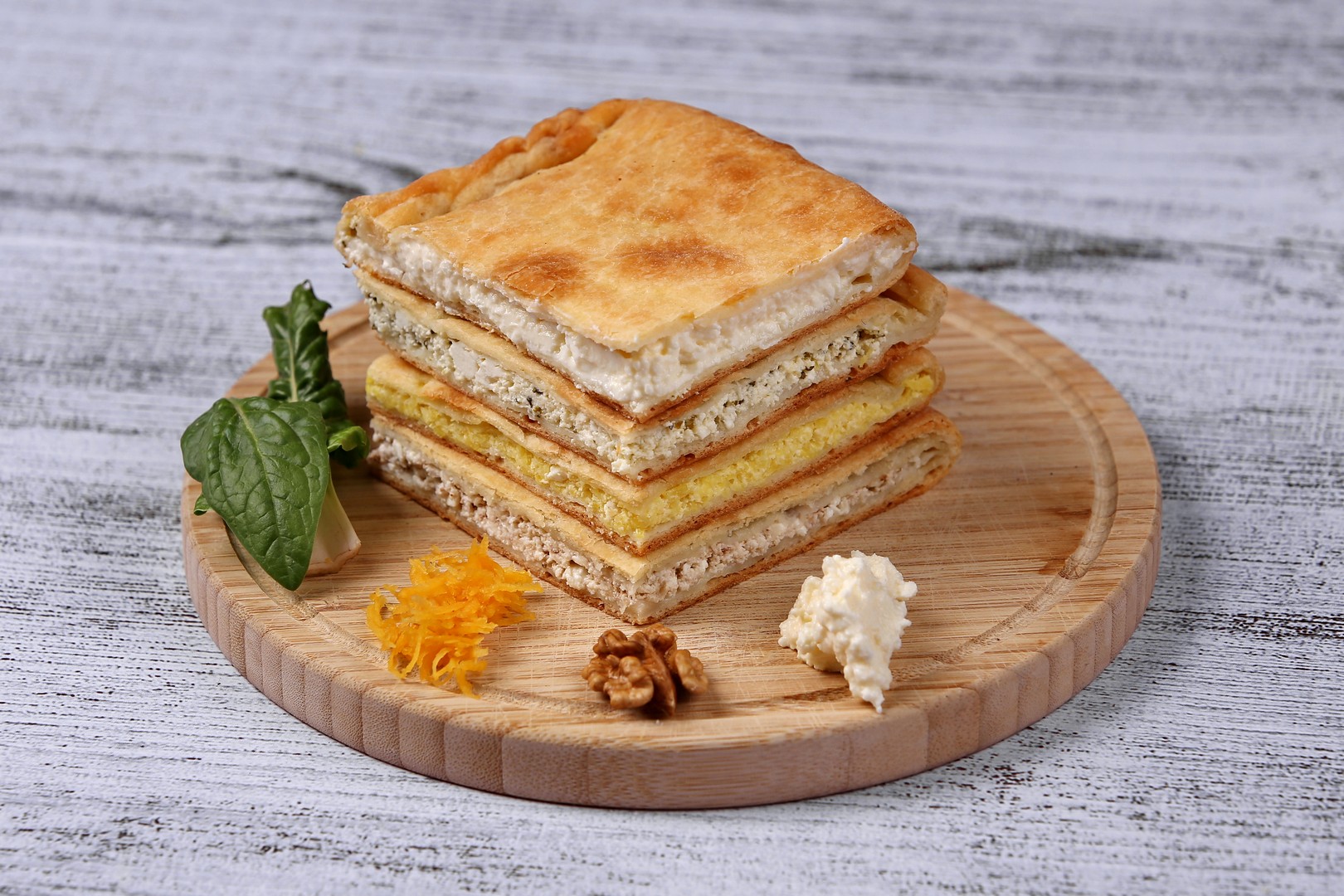
Rudarska greblica. Photo: Josip Škof / Zagreb County Tourist Board
As reported from Zagreb County, the preparation of the Rudarska greblica was already declared a Croatian intangible good in 2007, when the Ministry of Culture included its preparing process on the list of Croatian intangible heritage. In 2017, the Ministry of Agriculture approved transitional, national protection to the Rudarska Greblica Association, which marks the association’s first success.
Right now, three years later, Rudarska greblica became a protected European brand and entered an elite company of 1405 various protected products in European Union.
Rudarska Greblica Association’s president, Andrejas Nikl, pointed out that the protection process’s incentive was the appearance of different versions of greblica on the market, which deviated from the original dish, which has been prepared in Rude village since ancient times.
Diligent people of Rude (eng. miners), wishing to preserve the tradition, have been organizing the event “Days of Rudarska Greblica” for 35 years. They decided to protect their autochthonous dish and give a stamp to their gastronomic tradition with this goal.
Rudarska greblica – tourist offer of Rude, Samobor, and Zagreb County
“This is a great compliment to the originality and preservation of our tradition, especially when today we have the first recognition for the Rudarska greblica for which the European Union has established the right of intellectual property,” said the Zagreb County Tourist Board director Ivana Alilović.
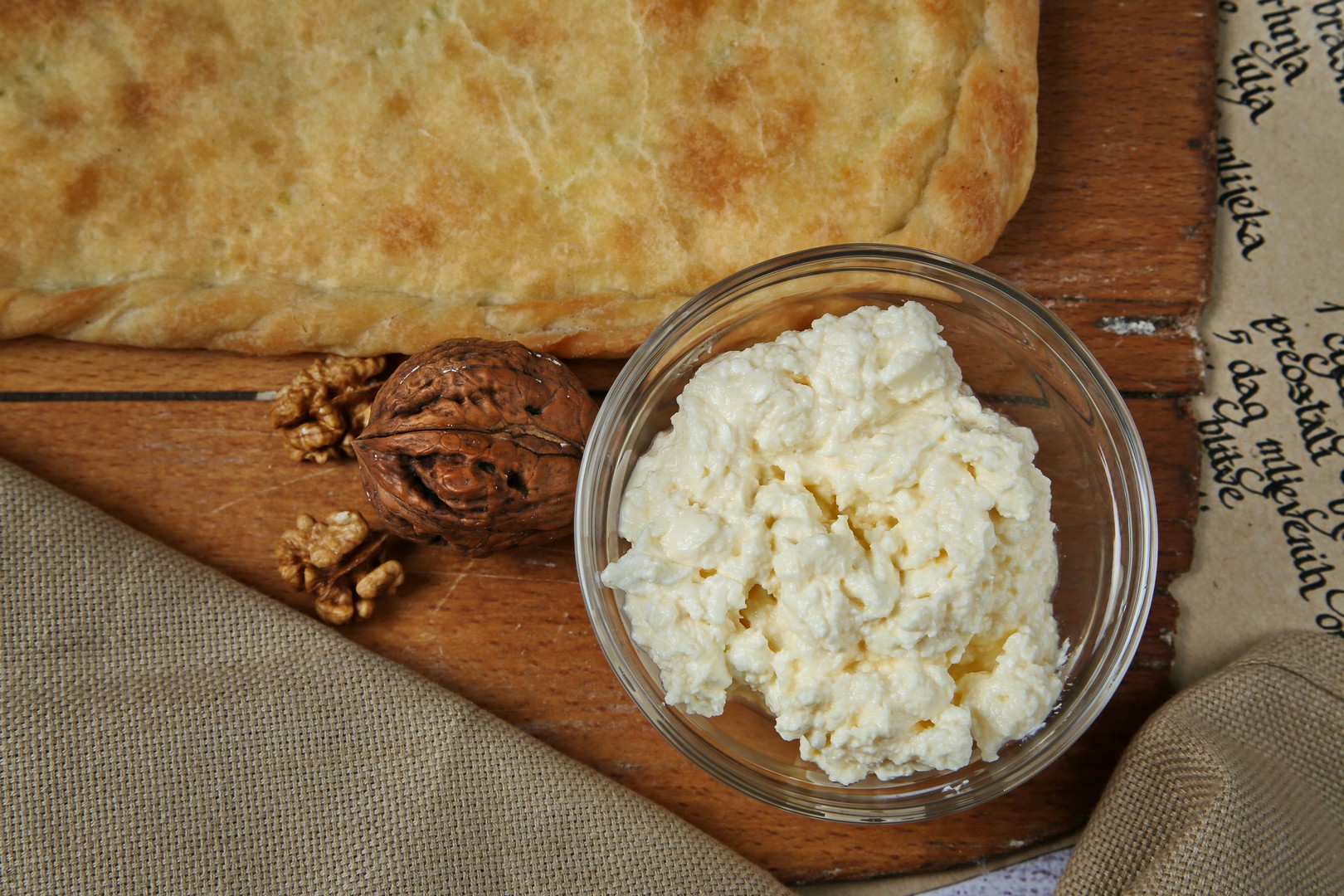
One of the most famous versions is the one with cheese and walnuts. Photo: Josip Škof / Zagreb County Tourist Board
“The Zagreb area has contributed to the Croatian and, as of today, European list of the protected geographical designation of origins. It emphasizes the relationship between a particular geographical region and product name, where the special quality, reputation, or other characteristics of the product can be attributed to its geographical origin. This is primarily a complement to our fellow citizens who did not write history, but lived it,” added Alilović.
Rudarska greblica, thanks to the geographical protection it now enjoys throughout the European Union, can be produced exclusively in Rude and surrounding villages and is available at Bakery Nikl, which is the only certified producer of Rudarska greblica.
“Behind the story of Rudarska greblica lies the story of Rude’s mining tradition (rudarenje – mining). The Greblica cake was a simple peasant cake that women prepared for their husbands who worked in the mines in the 16th century. Today, the renovated mine of St. Barbara is a tourist attraction of our place, and the protection of Rudarska greblica is an added value to the tourist offer, not only of Rude but also of Samobor and Zagreb County,” concludes Andrejas Nikl.
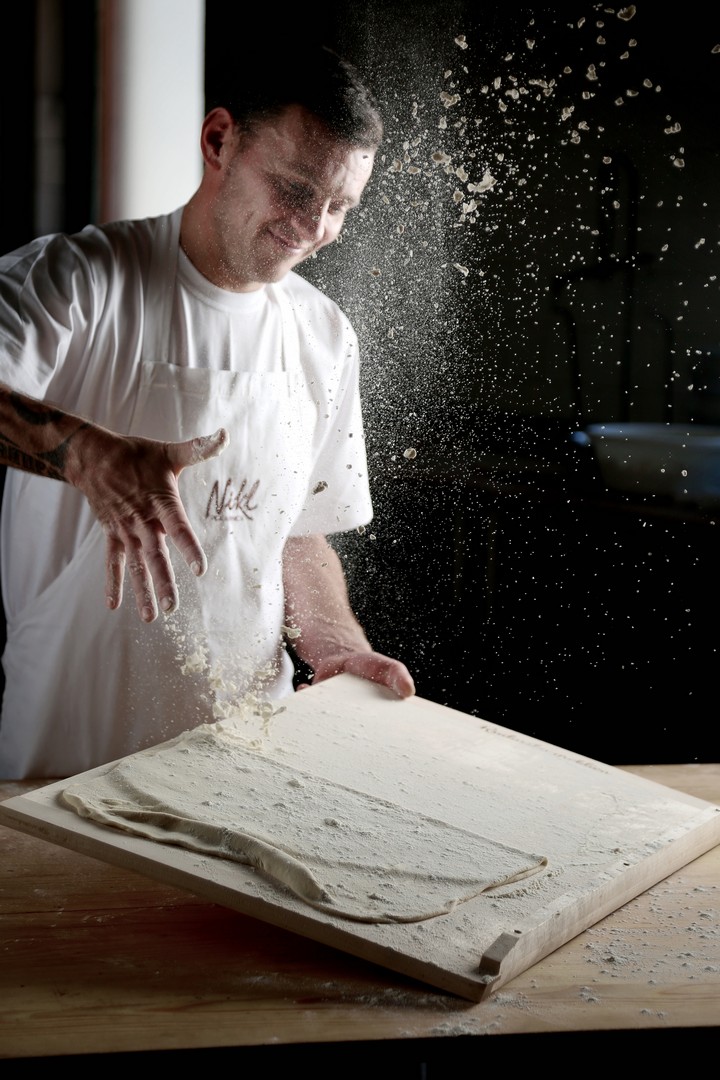
Bakery Nikl is the only certified producer of Rudarska greblica. Photo: Josip Škof / Zagreb County Tourist Board
How to prepare Rudarska greblica
This dish can be best described as a savory pie with cheese filling, neatly wrapped between two thin layers of dough, writes TasteAtlas. The filling is occasionally enriched with other ingredients such as walnuts, green onions, or leeks, and before baking, the whole pie is smeared with sour cream.
Greblica is a prime example of creating something tasty and complex from something simple, which was once associated with poor miners. The most famous version is the one with cheese and walnuts and cheese and greens, such as spinach, chard, or nettles. Sweet variants people of Rude do not accept.
It would be ideal to try it at the “Days of Rudarska Greblica,” an event in Rude dedicated to it, but while circumstances still do not allow it, use a recipe for a homemade version.
https://www.youtube.com/watch?v=v=jza46O9-0V4

